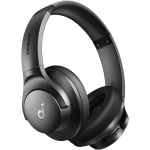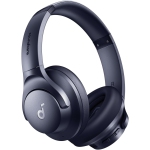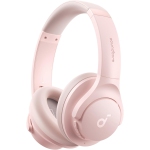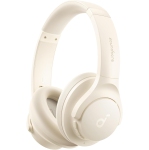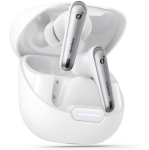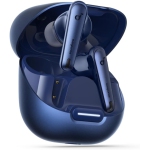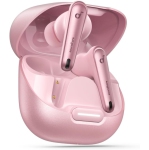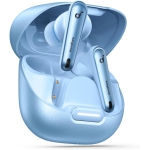Safely keep up the conversation while driving or working with a Bluetooth, handsfree device.
Uses and advantages of a Bluetooth handsfree device
Conversations don’t always stop when you need your hands free to be able to work on other tasks. In-person, that’s not a problem. But when you are talking on your phone or mobile device, it can be more challenging.
A hands free earpiece connects to your telephone, smartphone, or PC so you can set it down and keep the conversation going while you walk, type, or wash dishes. When you are driving, hands free Bluetooth for car solutions allow you to safely continue your conversation while you focus on the road. There’s no fumbling for your smartphone, the call can be heard clearly, and a microphone ensures the person on the other end can hear you perfectly as well.
Different handsfree products available
Thanks to the fact that all mobile phones (along with PCs, tablets, and may cordless telephones) are equipped with Bluetooth wireless support, there are countless different hands free Bluetooth solutions available.
The most popular are probably Bluetooth headsets for mobiles. These can be earbuds, headphones, or earpieces. They feature speakers so you can hear, and an integrated microphone so you can be heard. You can walk freely within Bluetooth range of the device that’s actually handling the call, which is usually 10 metres or so. These can be used in the car as well, although there are also specialized solutions that integrate with a car stereo to turn it into a Bluetooth speakerphone.
Bluetooth devices that can be used to turn your mobile device into a handsfree phone range from headsets to portable speakers, plug-in receivers, FM transmitters, and even hats with speakers and a microphone sewn into them.
The features you should be looking for
Regardless of which solution you choose, there are key features you should be looking for in a Bluetooth or handsfree solution.
No matter which option you pick—headset, earbuds, speaker, transmitter, or other form factor—there are several must-have features.
First, it must be compatible with the device that will actually be handling the call. In most cases, this will be a smartphone. Bluetooth connectivity is key here, although you can choose a wired cellular headsets if your smartphone is equipped with a headphone jack (not all are). The speaker and microphone are also critical. You need to be able to hear callers clearly, and they need to hear you. Advanced solutions often include noise-cancelling microphones that reduce ambient and wind noise so callers can hear you even in a noisy room or outdoors. They may also support HD sound, for a superior listening experience.
When choosing a wireless headset of any type, pay attention to battery life. You don’t want to have to plan your day around having to recharge. If you plan to spend a lot of time outdoors, check for water resistance.
For an in-car solution, some people prefer a headset, while others find something that integrates with their entertainment system is preferable. With an integrated system, look for one with a microphone that can be mounted on a visor or the rear-view mirror.
Some hands free Bluetooth solutions now include support for virtual assistants. This is a very useful feature. Push the button, and Google Assistant, Siri, or Alexa can be instructed by voice to initiate a call to a contact on your device.
The best hands free headset also has to be comfortable. If it’s not, you’re going to avoid wearing it. So look for one that stays securely in place, but is designed to be comfortable for extended sessions.
Whichever solution you pick, going hands-free gives you the freedom to keep talking while you multi-task.
